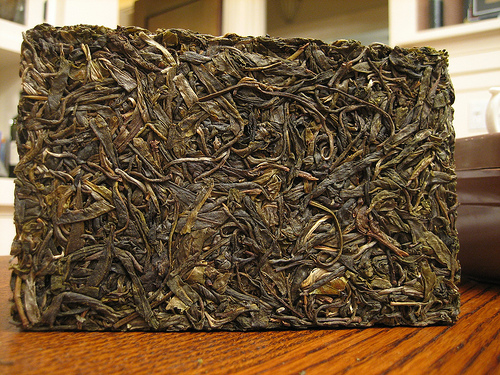Dr. Ben Gianni is from the Department of Architecture and Urbanism at Carleton University and his lecture was entitled Urban Planning and the Challenge of Sustainable Cities in China. Last summer he took forty of his students to visit China (Beijing, Shanghai, Hangzhou, Hong Kong...) who were duly flabbergasted and impressed.
There are 40 times as many Chinese people in the world as Canadians, and China is more like the Netherlands than the USA or Canada as regards population density, despite the fact that 80% of Canadians live in urban environments, as opposed to less than 60% of Chinese people. The density of a city determines its environmental sustainability, because the closer we live together, the less energy we consume. Had you realised that? I hadn't. "Grey is the new green," grey meaning concrete. Asian cities such as Shanghai or Tokyo, with ~14,000 people per square kilometer, are four times as dense as Toronto and nearly three times as dense as London.
Recently there has been a huge investment in mass transportation (since the year 2000, 400 km of lines have been added to the metro system in Beijing, for example) and because of the pollution problems, people who live in China are being discouraged from using cars. Traffic jams in themselves are an antidote to car usage, said Dr. Gianni; a license plate in Shanghai costs as much as a car, and the petrol costs as much as it does in Canada.
The only city in the world more polluted than Beijing is Mumbai. In China they lack the forests to offset their carbon emissions. For every single tree in China, there are 120 in Canada, but the Chinese are now reforesting and are planting trees along roadsides in the midst of their cities. The prof. reckons we are being hypocritical when we criticise China for its level of pollution. It is largely caused by factories and that's our fault, because it's we who demand the "cheap stuff" they manufacture in China.
Consider energy usage: the truth is that, per capita, the Chinese consume far less than we do in the west. An average Chinese person consumes 1806 kilowatts per year, and a Canadian 7379kW––that's a revealing statistic!
 |
| Hong Kong skyscrapers (Wikipedia) |
"China has created a middle class overnight," he claimed, and it is significant that a Chinese person is assigned a status and location at birth, so that families cannot move around the country at will (there wouldn't be a place in school for the children or access to healthcare if one broke the rules). This to some extent controls the pace of urbanisation, but migrants, not being part of the Hukou system, complicate matters. This month, there's been trouble with the Uyghur migrant community in Kunming, a city that contains districts that are "ghost towns" waiting to be inhabited, but not by the migrant workers who have built them. The PRC is now thinking of creating social housing (rented accommodation for the disadvantaged) in Chinese cities, another experiment like the planting of trees. Will it make a difference?
The lecturer recommended the book Arrival City by Doug Saunders.
Being in China "blows your assumptions out of the water." Dr. Gianni didn't want to dwell on politics but mentioned that the PRC being a one-party state does help to move developments along quickly––there's no opposition! All land is state owned; the government offers lease contracts for 70 years. Where properties are concerned, the one child per family policy means that the one child will inherit everything. A married couple could therefore eventually own five apartments––their own, their parents', and their grandparents'! The buildings may have been shoddily constructed (no one can inspect the rebar inside a block of concrete) but might well be upgraded in the future. Or might be knocked down. Chinese buildings currently have a lifecycle of 15 years.
















